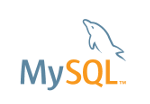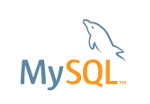
MySQL is a fast, efficient, secure, stable, easy-to-use, cross-platform (GNU / Linux, * BSD, Windows, …), multi-threaded, multi-user and well-documented relational database server. It is currently developed under the guidance of Oracle, however the community version is available under the GPL (a free software license).
MySQL 8.0 supports roles, which are named collections of privileges. Roles can be created and dropped also add the concept of user account categories and now maintains information about password history, enabling restrictions on reuse of previous passwords, for example a DB administrator can configure user accounts such that too many consecutive login failures due to incorrect passwords cause temporary account locking. Several improvements to the InnoDB engine and the JSON data type.





